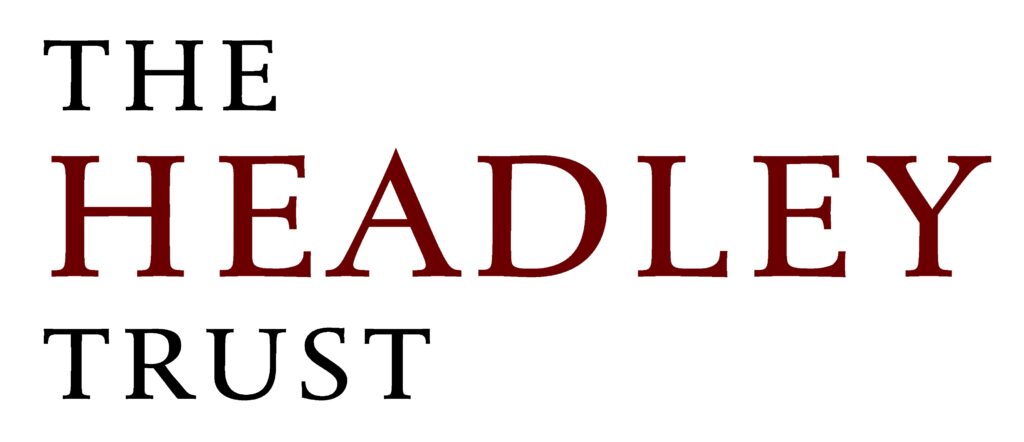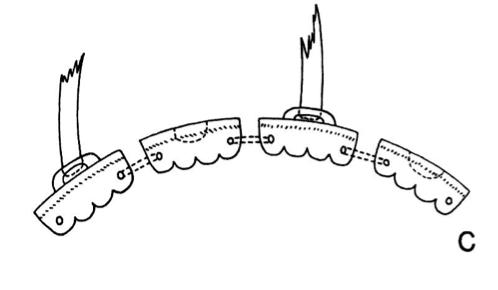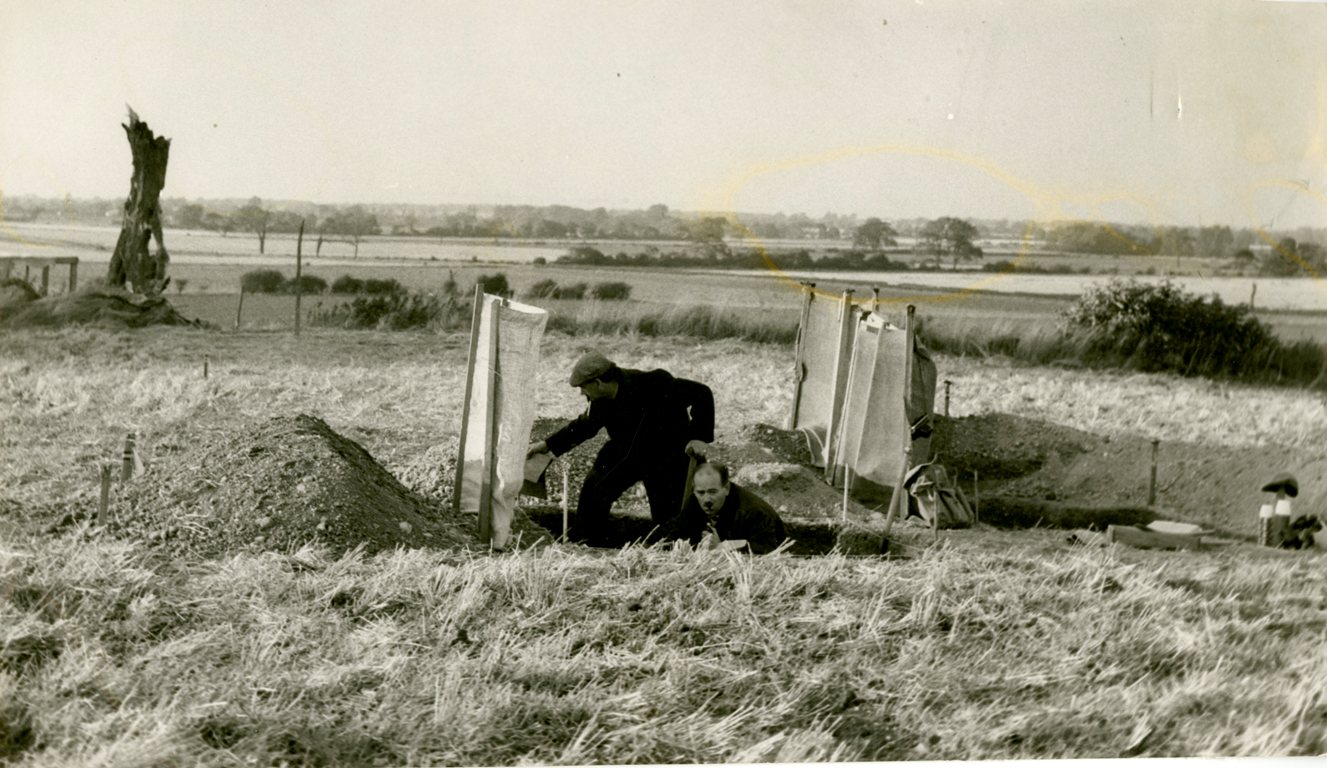
Welbeck Hill Anglo-Saxon Cemetery
Rose Nicholson, Heritage Manager
North Lincolnshire Museums has recently acquired the archive from an Early Anglo-Saxon Cemetery at Welbeck Hill in Irby on Humber. The cemetery was excavated by the late Gordon Taylor, an amateur archaeologist between 1962 and 1979. The excavation identified 72 inhumations and 5 cremations, dating to the Early Anglo-Saxon period, c. AD 425-650.
The resulting archive was kept together by Mr. Taylor, who had plans to publish the excavation, which unfortunately did not come to fruition before he died in 2017. Staff at North Lincolnshire Museum are now planning the completion of the research and publication of this important cemetery archive.

The cemetery was discovered in 1962 when ploughing on agricultural land disturbed the burials, attracting the attention of Mr. Taylor. With the agreement of the landowner, Mr. Taylor started to excavate, and over subsequent seasons worked with archaeologists from the then Scunthorpe Museum (now North Lincolnshire Museum), as well as others including students, to excavate the cemetery. The excavations identified three burial areas, all dating from the mid-5th century to the 6th century: north-south along the hill crest, east-west on the hill’s western slope and a deposit of cremations on the eastern slope. The cemetery went out of use in the late 6th or early 7th centuries.
Lincolnshire was a focus for Early Anglo-Saxon settlement, and cemeteries of various sizes have been found scattered throughout northern Lincolnshire. The Welbeck Hill cemetery lies near to other known Anglo-Saxon cemeteries, including one 3 miles away at Riby and another nearly 2 miles away at Laceby. Fragments of textile were preserved in some graves, either attached to brooches or beneath the skulls suggesting that at least some of the deceased were laid in the graves with their heads on pillows. This practice demonstrates influence from the Scandiavian homelands of the Anglo-Saxon migrants, alongside the use of bracken fronds and bark in another of the burials.
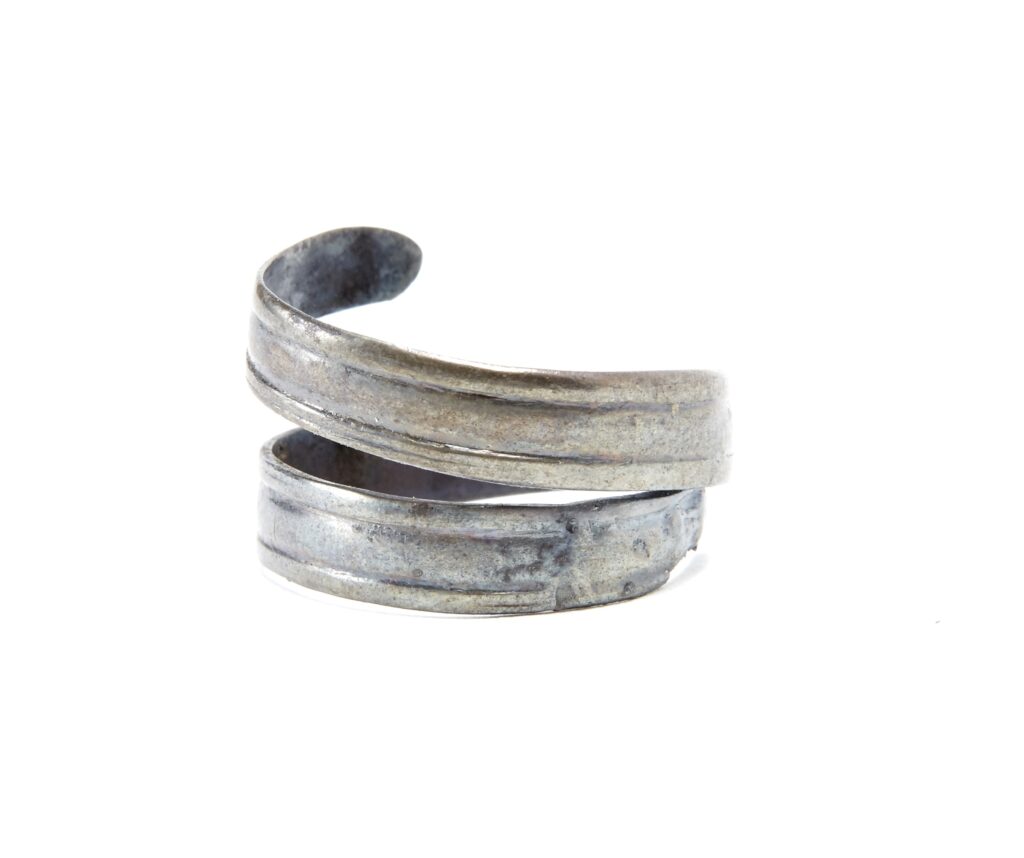
During the Early Anglo-Saxon period, most burials were furnished with grave goods, consequently the archive consists of a large number of objects. As well as the usual range of dress fittings and personal items found in graves of this period, there are rarer items such as the silver serpent rings and silver bracteates.
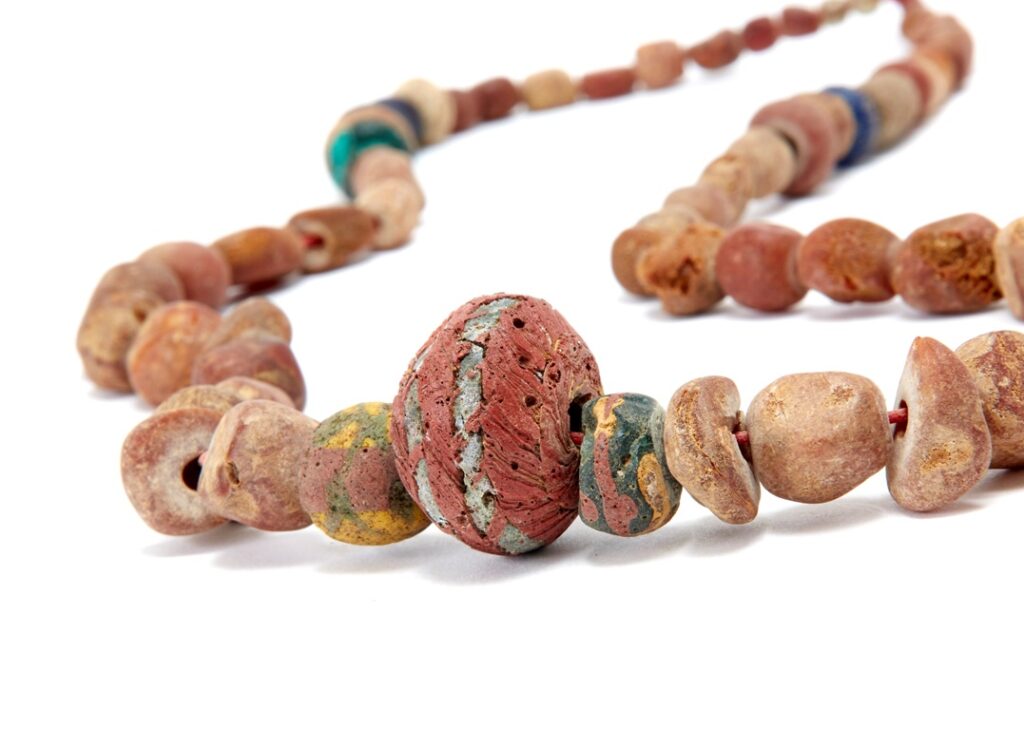
Though the cemetery has not yet been published in its entirety, some objects have been studied and published by researchers. The gilt copper alloy Great Square-headed brooch from Grave 41 has appeared in a number of books. The brooch-type originated in Scandinavia and was introduced to England by the Anglo-Saxon migrants. Great Square-headed brooches were the most complex and expensive of all Early Anglo-Saxon brooch types and are through to be status markers worn by women of high wealth and social status during the late 5th and 6th centuries.
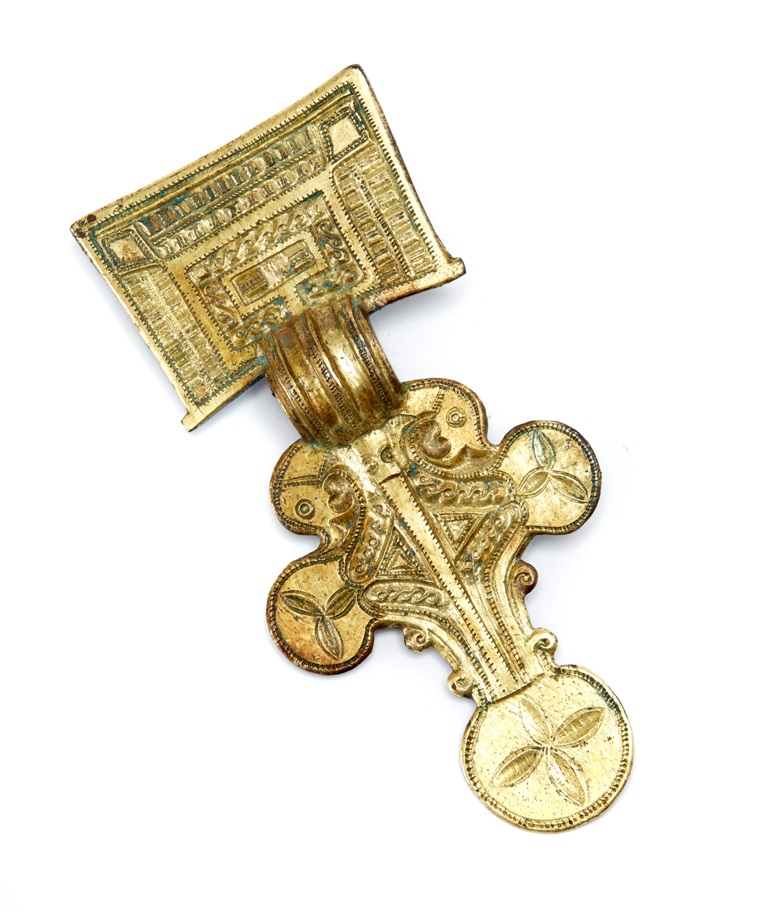
There is still much to be learnt from Welbeck Hill. Museum staff are working through the archive, packing the objects into museum grade packaging, and assessing items for conservation. As work proceeds, we will be sharing the results of research and more images of the grave goods on this website and through social media.
The Welbeck Hill grave goods were purchased on 11 September 2020 with the support of the Arts Council England / V&A Purchase Grant Fund, the Headley Trust and the Museums Association Beecroft Bequest.

